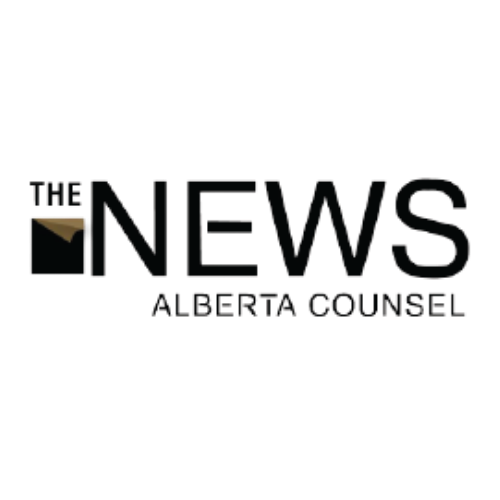Analyzing the Ontario Election and the Potential Similarities for Election 2023
On June 2, 2022, the governing Ontario Progressive Conservatives and Premier Doug Ford ran off with another landslide election victory – nabbing 7 more seats than they had won in 2018, bringing the total seats to 83 for the PC Caucus. The Ontario NDP, led by Andrea Horwath, was held to 31 seats, with the Ontario Liberals and leader Steven Del Duca waning on many fronts – by both failing to secure the leaders seat and falling short of the 12 seats required for official party status in Ontario.
Though Ford’s PC Party had entered the 2022 election campaign with a substantial lead against vulnerable opponents, it was not always that way. Since the 2018 Ontario provincial election, Premier Ford had several lulled periods where the PCs dipped below it’s rivals in polling and pundits felt there was a considerable crack in the party’s armour. The pandemic quickly changed Premier Ford and the Ontario Government from boasting austerity measures to featuring record-high spending and endorsements from private-sector unions. Heading into the 2022 election, it was the Official Opposition and the Ontario Liberals who were bumbling their way to the finish line which helped to compel voters to keep the status quo and resulted in an all-time low voter turnout of 43.5% – roughly 13% lower than 2018’s turnout. That being said, Premier Ford and the PCs exceeded expectations and were able to pickup key seats in Windsor, Brampton, and Northern Ontario. Following the publication of the Ontario election results, both NDP leader Andrea Horwath and Liberal leader Steven Del Duca resigned command of their respective parties.
Now, with Alberta’s next provincial election set to take place within the upcoming year, all eyes are on what is likely to be a heated and tense battle between the United Conservatives and Alberta’s NDP. Though similarities can be seen, we must first set aside some of the major differences.
The first difference being in the fact that Ontario maintains a vote split on the left, with the Liberals and NDP maintaining roughly 24% each in the polls heading into election night – both trailing the PCs at 41 percentage points. Without a vote split on either flank in Alberta, we are moving into a head-to-head match-up between Rachel Notley and UCP leader: to be determined. Without a formidable third option, voters will generally be forced to pick between the two major parties in Alberta and will likely be far more motivated to cast their ballot as each party jockeys to bring in both new and swing voters in what will be a heavily contested provincial bout.
Another key difference is in the tone and direction Premier Ford and Premier Kenney took throughout the pandemic in regard to the governing caucus. Premier Ford was swift to take action against members of his caucus that opposed government policy or failed to get vaccinated, whereas Premier Kenney took a much different approach and demonstrated “the greatest tolerance for internal dissent.” This had benefits for Premier Ford, and several drawbacks for Premier Kenney. For one, Premier Ford made his pandemic position clear and as a result gained and maintained large sums of loyal supporters. On the other hand, the Alberta Government equivocated on several occasions – upsetting both moderate and further right supporters.
Finally, the most noticeable and stark contrast has been in the leadership styles put forth by the Ontario PCs and Alberta’s UCP. Premier Ford has maintained a neighbourly, jovial attitude when communicating with voters, whereas Premier Kenney, known to skilfully prepare himself and whiz through difficult interviews, took a more combative and policy-oriented approach throughout the pandemic. You may recall Premier Ford calling a group of voters ‘yahoos’ versus Premier Kenney’s styling of ‘lunatics’ – a harsh contrast when speaking with people who may have otherwise put an X beside a UCP candidate’s name on a ballot. In many ways, Premier Ford has maintained a similar communications style to a much beloved (and sometimes controversial) Premier of Alberta, Ralph Klein.
Though the differences far outweigh the similarities, there are still comparisons that can be made. The Ontario PCs lagged behind in the polls several times throughout their term, and yet were able to secure another landslide victory and picked up seats in key ridings across the province. Current Alberta polling shows the UCP losing seats in 2023, though they are clearly in the driver’s seat with a new leader to be determined and the economy beginning to fire on all cylinders in the lead up to what will be a raucous election campaign. Similar to Andrea Horwath, will this be Rachel Notley’s last election as leader of Alberta’s NDP?
Time will tell, but if I were a betting man, I would be putting my chips on conservative blue.

